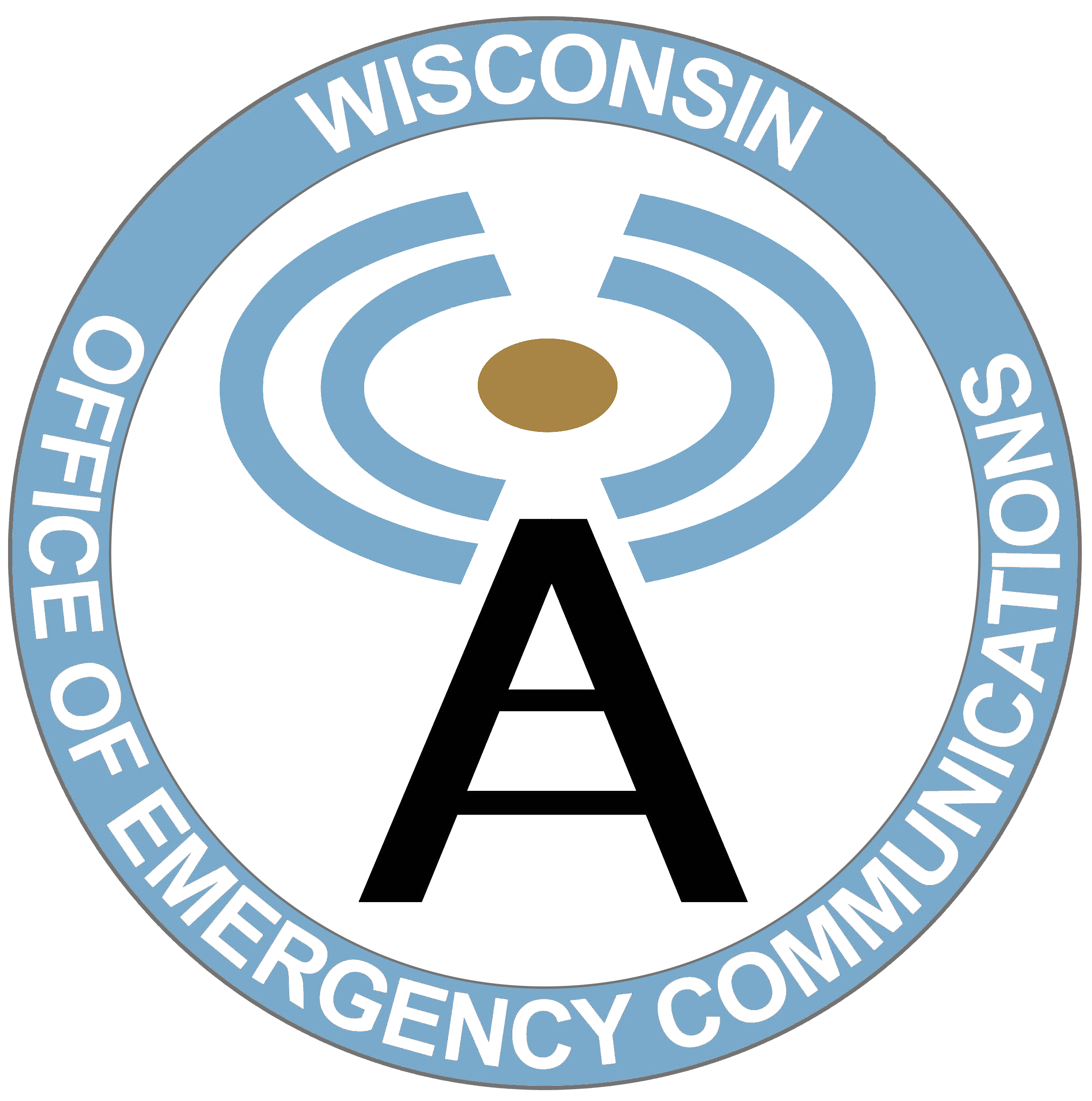I. Background
- The Interoperability Council (IC) was created by Wis. Stat. §15.315(1).
- The responsibilities of the IC are set forth in Wis. Stat. § 323.29 and reiterated below.
- The Wisconsin IC will function under the guidance and oversight of the Office of the Governor as well as State Statute.
II. Purpose
The primary purpose of the IC is to ensure the efficient and effective management of public safety interoperable communications in the State of Wisconsin by providing guidance for interoperable communications throughout the State.
III. RESPONSIBILITIES
Pursuant to Wis. Stat. §323.29, the IC will:
- Identify types of agencies and entities, including public works and transportation agencies, hospitals, and volunteer emergency services agencies to be included, in addition to public safety agencies, in a statewide public safety interoperable communications system.
- Recommend short-term and long-term goals to achieve a statewide public safety interoperable communication system.
- Recommend and periodically review a strategy and timeline for achieving the short-term and long-term goals to achieve a statewide public safety interoperable communication system, including objectives for local units of government.
- Assist the Department of Military Affairs in identifying and obtaining funding to implement a statewide public safety interoperable communication system.
- Advise the Department of Military Affairs on allocating funds, including those available for Homeland Security, for the purpose of achieving the short-term and long-term goals for achieving a statewide public safety interoperable communication system.
- Make recommendations to the Department of Military Affairs on the following:
- Technical and operational standards for public safety interoperable communication systems.
- Guidelines and procedures for using public safety interoperable communication systems.
- Minimum standards for public safety interoperable communication systems, facilities, and equipment used by dispatch centers.
- Certification criteria for persons who operate public safety interoperable communication systems for dispatch centers.
The IC will also:
- Inventory statewide best practices in developing these policies, procedures, and protocols for communications interoperability and incorporate such practices into existing regional interoperability agreements.
- Develop a long-term, viable plan for the continued development and ongoing operation and maintenance of the public safety radio system.
- Engage all public safety stakeholders in the development of the Wisconsin Emergency Communications Strategy (WECS) (known prior to 2019 as the Statewide Communications Interoperability Plan (SCIP)).
- Leverage the experiences, expertise, and insight of key individuals internal and external to State and local government.
IV. Vision Statement
The vision of the Wisconsin Interoperability Council is to achieve and advance seamless statewide public safety interoperable communications through the support and participation of Federal, State, tribal, local, public and private organizations.
V. Mission Statement
The mission of the Wisconsin Interoperability Council is to promote and achieve interoperable communications through the development and implementation of standards and best practices, conducting ongoing training and exercises, supporting existing technology, exploring and adapting new technologies, and pursuing and securing adequate funding, while integrating all disciplines and jurisdictions.
VI. Amendment
This Charter may be modified by resolution approving such action adopted by a 2/3 vote of all current members of the Interoperability Council. The provisions in this Charter that are established pursuant to state statute will be amended to conform with the relevant statutory provisions. No resolution providing for modification of the Charter shall be voted upon unless all members have been sent 60 days’ written notice that such a resolution will come before the IC.
This Charter has been adopted by the Wisconsin Interoperability Council.
Adopted: 09/23/2021
Published: 04/01/2022

